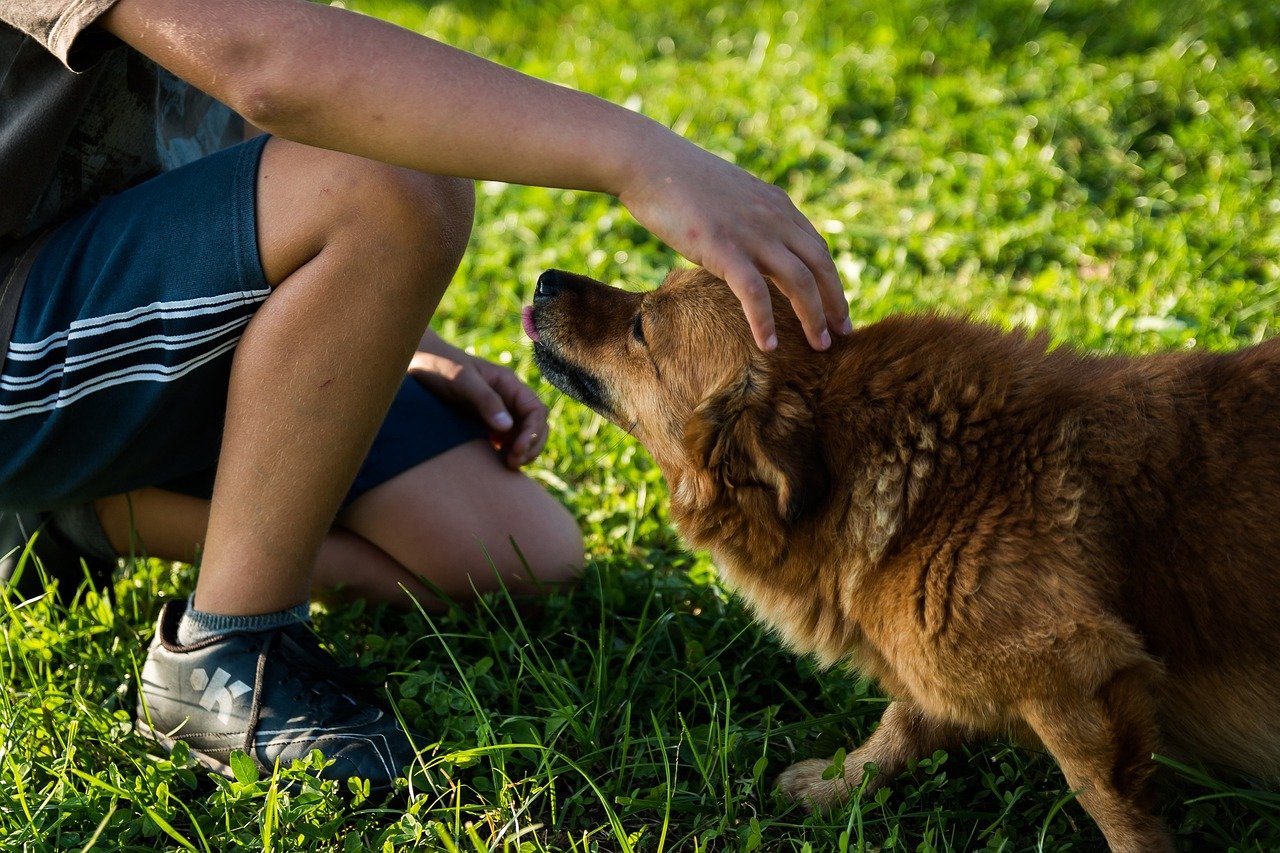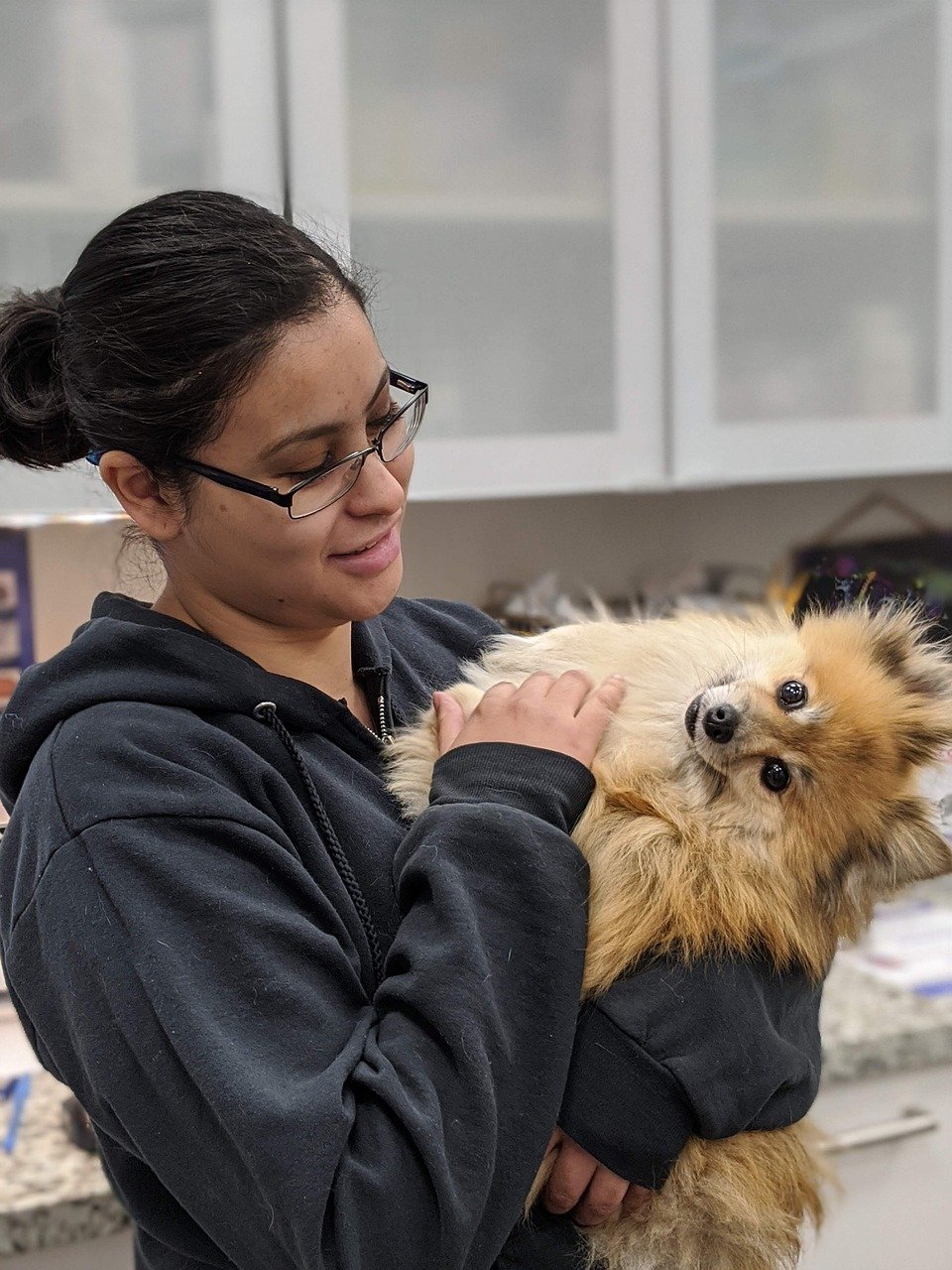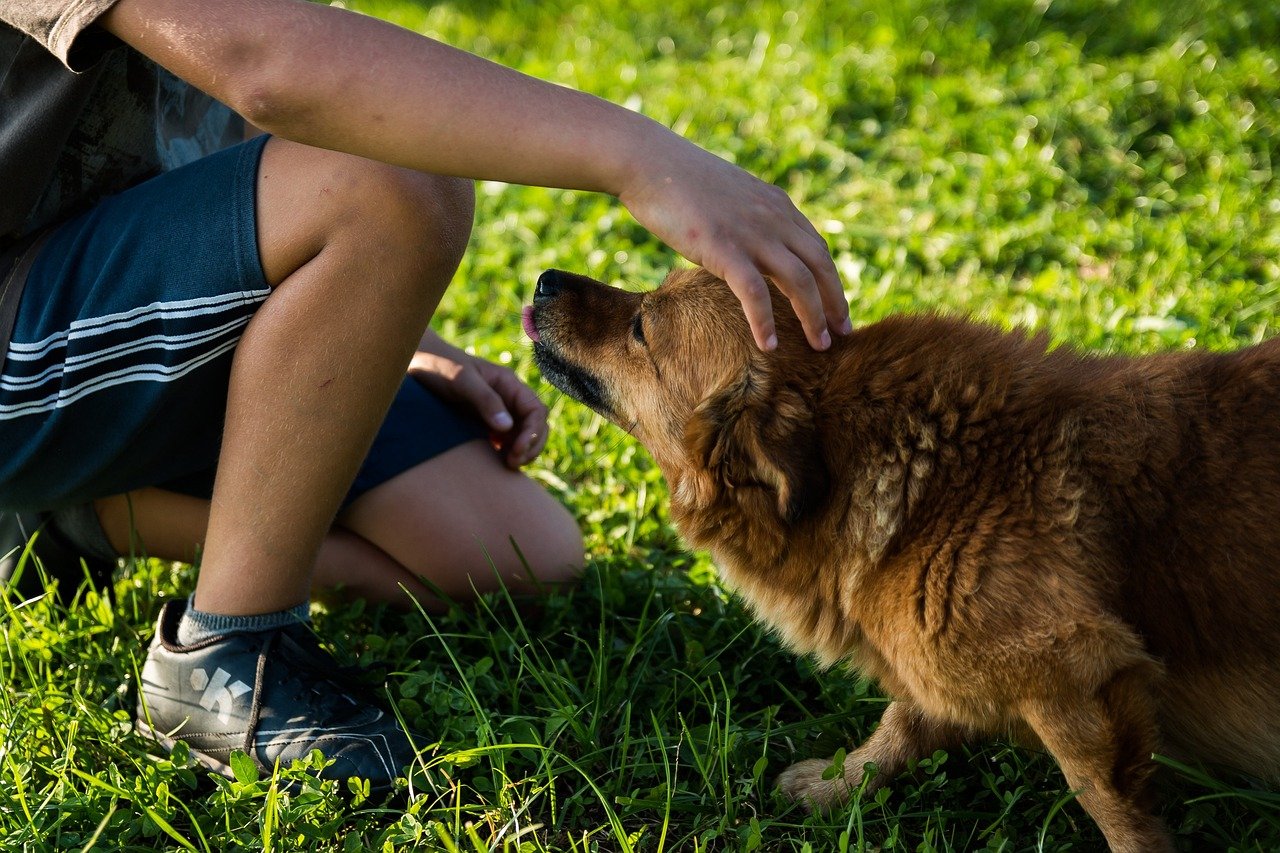Have you ever wondered why some dogs look at their humans with unshakable confidence, while others seem wary or anxious? The secret often lies in the small, everyday things we do. Our routines—those seemingly ordinary moments—can spark a deep, lasting trust or, shockingly, chip away at it bit by bit. If you want your dog to gaze up at you with love and assurance, understanding which habits build trust and which ones break it is absolutely vital.
Consistent Meal Times: The Power of Predictability
Dogs thrive on consistency, connection, and clear communication—and the routines we build with them each day play a huge role in how safe and secure they feel by our side. From simple habits like morning walks to the tone we use during play, our daily actions either strengthen the bond of trust… or slowly chip away at it. The good news? Small, mindful shifts in your routine can make a big difference in your dog’s emotional well-being.
Dogs are creatures of habit, and nothing soothes their hearts more than knowing when to expect their next meal. Serving meals at the same times every day gives your dog a sense of security. This predictability tells your furry friend, “You can count on me.” Imagine a child who never knows when dinner is coming—it’s unsettling! Dogs feel the same. When you’re reliable about mealtime, your dog learns that their needs matter and that you’re dependable. Even if you’re running late, a quick snack at the usual time can help keep their trust intact. This small gesture builds a foundation of faith that can’t be underestimated.
Gentle, Regular Touch: The Language of Love

A soft stroke behind the ears or a belly rub is more than just affection—it’s a sign that your dog is safe with you. Dogs thrive on gentle, loving touch, and regular petting reassures them that all is well. If your dog leans in when you reach out, it’s a clear sign they trust you deeply. Imagine how comforting it is when someone you love gives you a reassuring hug after a tough day. For dogs, this is no different. Touch can calm nerves, lower stress, and strengthen your bond every single day.
Daily Walks: Exploring the World Together
Nothing excites dogs more than the jingle of a leash. Daily walks aren’t just about exercise; they’re about shared adventure. When you walk your dog, you’re telling them, “Let’s explore together.” This shared experience helps your dog see you as a partner and protector in the big, unpredictable world. Walks also provide mental stimulation, giving your dog a chance to sniff, investigate, and feel secure at your side. Even short strolls can boost your dog’s confidence in you.
Positive Reinforcement: Rewarding the Good Stuff
A simple “good boy!” or a tasty treat after your dog does something right teaches them that you notice and appreciate their efforts. Positive reinforcement is a powerful trust-builder. Dogs learn faster and feel happier when you focus on what they do well rather than what they do wrong. Imagine if your boss only ever scolded you and never praised you for your successes—how would you feel? Dogs need encouragement to trust that you’re on their team.
Respecting Their Space: Understanding Boundaries
Just like people, dogs sometimes need alone time. Respecting a dog’s space, especially when they’re eating or sleeping, is crucial for trust. If you force interactions when your dog isn’t comfortable, you may inadvertently teach them to fear you. Giving your dog room to retreat when they need it shows that you respect their feelings. This respect lays the groundwork for a secure, trusting relationship.
Speaking Softly: The Impact of Tone
Dogs are incredibly sensitive to the tone of your voice. Speaking in a calm, gentle manner soothes their nerves and builds trust. Shouting or using harsh tones can frighten your dog and make them wary of you. Think of how you feel when someone raises their voice unexpectedly—it’s jarring, isn’t it? Your dog feels the same. A kind, encouraging voice tells your pup they’re safe with you.
Playtime Rituals: Sharing Joy
Playtime isn’t just about tossing a ball or tugging on a rope—it’s about sharing joy and building memories. When you regularly engage in play, you’re telling your dog, “I love spending time with you.” Consistent play strengthens your bond and helps your dog associate you with happiness. Even a few minutes of fetch or hide-and-seek each day can have a huge impact on your dog’s trust.
Clear, Consistent Commands: Reducing Confusion
Dogs want to please us, but mixed messages can be confusing and stressful. Using clear and consistent commands helps your dog understand what you expect. If you sometimes allow jumping on the couch and other times scold for it, your dog can get anxious, not knowing the rules. Consistency gives your dog confidence and helps them trust your guidance.
Patience During Training: Building Confidence
Training takes time, and patience is key. Dogs learn at their own pace, and becoming frustrated or angry can break their trust. When you remain calm and encouraging, your dog feels safe to try and fail without fear of punishment. This patience turns you into a reliable teacher in your dog’s eyes, not a source of stress.
Including Them in Family Life: Feeling Like They Belong
Dogs are social animals, and they want to be part of the pack—which, for them, is your family. Including your dog in daily activities, like family movie nights or backyard barbecues, makes them feel valued. When your dog knows they belong, their trust in you deepens. Excluding them can make them feel isolated and unsure of their place in your life.
Routine Vet Care: Showing You Care About Their Wellbeing

Taking your dog to the vet for regular checkups—even if they’d rather avoid it—shows you care about their health and safety. While some dogs may find trips to the vet stressful, your calm presence and comforting words can turn this experience into a trust-building moment. Over time, your dog will associate your support with safety, even in unfamiliar situations.
Inconsistent Rules: Confusion That Breeds Distrust
When rules change without warning, dogs get confused and anxious. One day they’re allowed on the bed, the next they’re scolded for it. This unpredictability makes dogs unsure of what’s right or wrong, and trust starts to erode. Imagine living in a world where the rules change every day—how could you feel secure? Dogs crave consistency to feel confident in their relationship with you.
Ignoring Warning Signs: Neglecting Communication
Dogs communicate discomfort or fear through subtle signals—flattened ears, tucked tails, or low growls. Ignoring these signs or punishing your dog for expressing them can damage trust deeply. When a dog learns their feelings don’t matter or that expressing them gets them in trouble, they may shut down emotionally. Being attentive to your dog’s signals shows you care about their needs and feelings.
Rough Handling: Turning Affection Into Fear

Some people think roughhousing is fun, but for many dogs, it’s frightening. Pulling, yanking, or physically forcing a dog to do something can make them fearful of you. Gentle handling tells your dog that you’re safe, while roughness teaches them to keep their guard up. Trust is delicate—once broken by rough handling, it can be hard to repair.
Leaving Them Alone Too Often: The Pain of Isolation
Dogs are loyal companions who thrive on connection. Leaving them alone for long periods, day after day, can lead to anxiety and a breakdown of trust. Dogs may start to feel abandoned or unloved, and this emotional pain can linger. While everyone has busy days, making time for your dog—even if it’s just a cuddle or quick walk—reminds them that you care, no matter what.

Andrew Alpin from India is the Brand Manager of Doggo digest. Andrew is an experienced content specialist and social media manager with a passion for writing. His forte includes health and wellness, Travel, Animals, and Nature. A nature nomad, Andrew is obsessed with mountains and loves high-altitude trekking. He has been on several Himalayan treks in India including the Everest Base Camp in Nepal.






